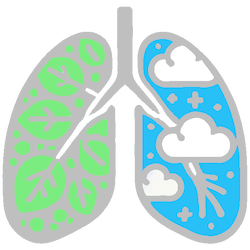
Medical waste is a subset of wastes generated at health care facilities, such as hospitals, physicians’ offices, dental practices, blood banks, and veterinary hospitals/clinics, as well as medical research facilities and laboratories. Generally, medical waste is healthcare waste that that may be contaminated by blood, body fluids or other potentially infectious materials and is often referred to as regulated medical waste.
Alternative Treatment and Disposal Technologies for Medical Waste
Potential alternatives to incineration of medical waste include the following:
- Thermal treatment, such as microwave technologies;
- Steam sterilization, such as autoclaving;
- Electropyrolysis; and
- Chemical mechanical systems, among others.
With EPA’s tighter HMIWI standards, the number of HMIWIs in the United States has declined since 1997. This has lead to an increase in the use of alternative technologies for treating medical waste. The alternative treatments are generally used to render the medical waste non-infectious then the waste can be disposed of as solid waste in landfills or incinerators. Many states have regulations requiring medical waste treatment technologies to be certified, licensed or regulated. Check with your state for additional regulation regarding treatment of medical waste.
EPA has jurisdiction over medical waste treatment technologies, which claim to reduce the infectiousness of the waste (i.e. that claim any antimicrobial activity) by using chemicals. This jurisdiction comes from the Federal Insecticide, Fungicide and Rodenticide Act (FIFRA). Companies wishing to make such claims must register their product under FIFRA through EPA’s Office of Prevention, Pesticide, and Toxic Substances (OPPTS), Antimicrobial Division.

